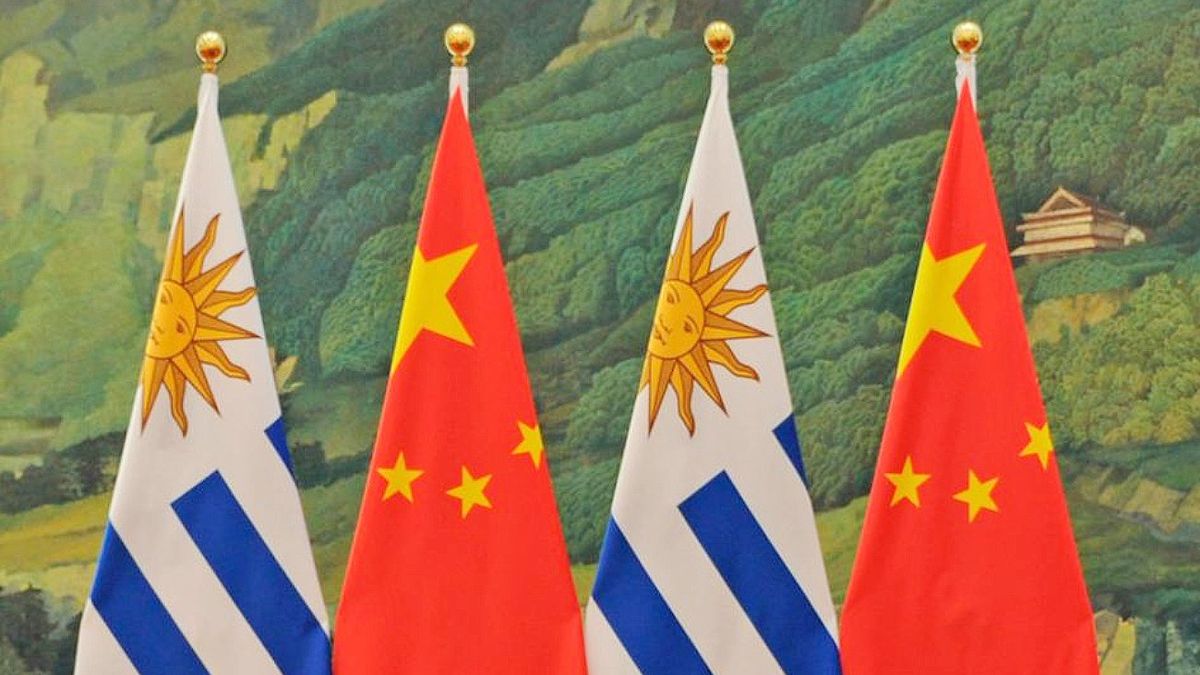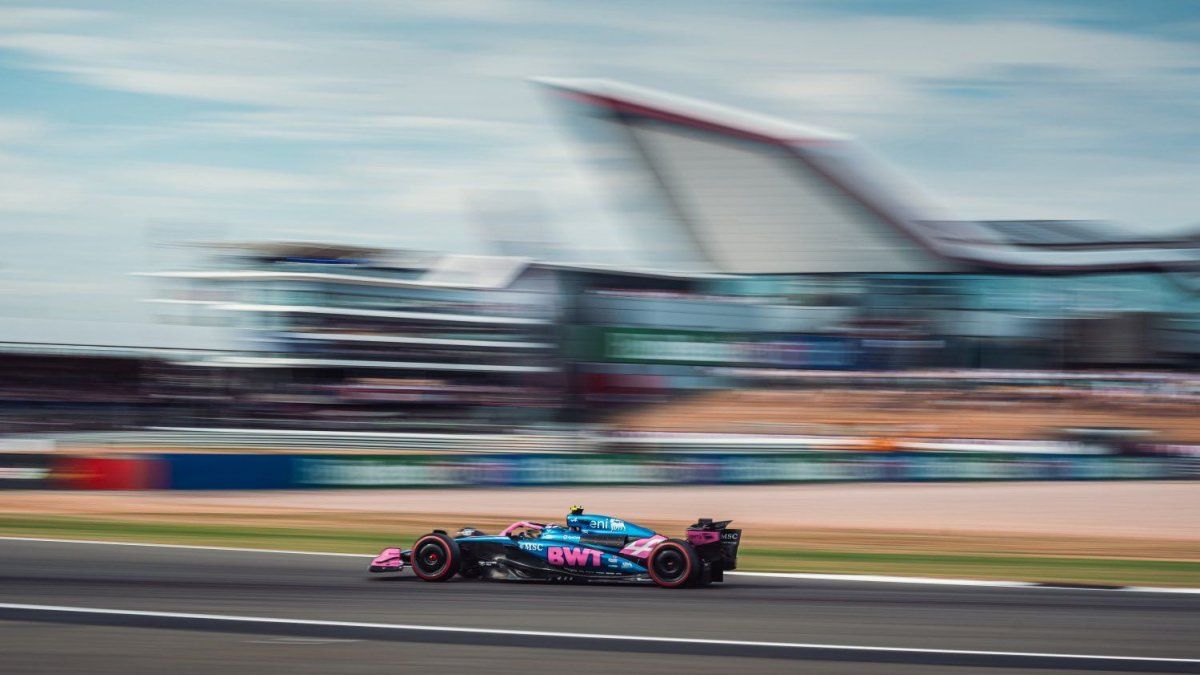President Luis Lacalle Pou left to China with the aim of deepening the economic and diplomatic relations it has with Uruguay, and that during the last year they have been weakened by different current issues to the point that the Asian giant was relegated from its historic first place on the list of export destinations of the country. In this sense, how is the balance of trade with which the president will go to negotiate in Chinese lands?
2022 was a year of record exports for Uruguay, and in the global figures China played a fundamental role: as the main trading partner, it represented the 28% of exports of goods, with 3,675 million dollars exported out of the total of 13,356 million dollars, according to the annual report of Uruguay XXI.
This, in turn, meant a 12% annual increase in placements in the Asian country during 2022.
Likewise, the beef It was the main product placed by the country in the international market—20% of those exported, for values of 2,557 million dollars. Within this global figure, China returned to first place with a participation of 58% —1,475 million dollars. Of the total placements in the Chinese market, meat placements represented, in turn, 40%.
Regarding imports, for its part, the country led by Xi Jinping It was the second origin of the goods that entered national territory: 21% of what was imported came from this country, about 2,352 million dollars.
With these figures at the end of 2022 and a positive trade balance for Uruguay, The government was moving forward on what seemed to be the fast track in negotiating a Free Trade Agreement (FTA) bilateral. However, the outlook changed significantly in 2023, and Lacalle Pou travel to China in relation to having other characteristics.
exports and imports mercosur.jpg
Uruguay has exported 1,334 million dollars to China so far this year.
freepik
What is the reality of the trade balance today?
Far from having been relegated in terms of importance, the trade relationship with China visibly varied from last year to this one. Beyond the fact that the FTA was practically paralyzed by rather political decisions by the government of one of the main world powers – in terms of prioritizing a block agreement with the Mercosur—; the economic conditions of the Asian country greatly influenced the balance between both countries and in the general drop in Uruguayan placements.
The main drawback was the reduction in Chinese demand given the local situation of stagnation of the economy – a product of the late effects of the Covid-19 pandemic -, which was mainly reflected in the fall in exports of meat and of dairy products.
However, the drought at the local level—which significantly reduced soybean exports—and the fall in meat prices At the international level they also influenced the imbalance in relation to 2022.
Thus, in a year that has seen eight months of general decline in exports and nine months of decline in beef sales, the deterioration in trade with China explain to a large extent the negative results: since January it was relegated to the second place as a destination for Uruguayan exports —with the exception of March and May, when it was first—; while the country placed fewer goods from January to September and less meat in all months of this year, so far.
According to the monthly reports of Uruguay XXI, the decline in placements with China They had the following dynamic: in January they fell 50% in general and 55% in meat; in February, the drop was 38% and 36%, respectively; in March, 25% and 34%; in April, 53% and 50%.
Likewise, in May there were also declines of 32% in goods placements and 37% in meat placements, in year-on-year terms; in June, the falls were 53% and 50%; in July, 57% and 35%; in August, 45% and 21%; and in September, 24% and 31%.
October, for its part, showed a 3% recovery in exports of goods to China, although meat placements fell again, confirming once again the trend that has been going on since last year in relation to this product and has already been 15 months.
Meat Refrigerator.png

Uruguayan meat exports to China have been declining for 15 consecutive months.
Meanwhile, the Chinese economic situation raises doubts about whether this situation can be reversed in the short term, while the Asian country’s plan is to stimulate production and domestic consumption — which may generate greater restrictions on exports and imports and, in addition, a targeting of state resources to support measures for citizens, leading to the consumption of available stock rather than making significant new purchases Uruguay.
Added to this is the deterioration also in the placements of dairy products —which was also observed in 2022. And we must also consider that soybean exports to China During the year they were far from ideal, with a drop of 87% in April and no placement in July and August.
It is so Lacalle Pou will not reach China with encouraging figures, and just 1,334 million dollars exported, with two months left until the end of the year and 2,341 million dollars behind the record reached last year. In this sense, the president will have a lot to negotiate with his Chinese counterpart during the six days that the official mission lasts.
Source: Ambito




